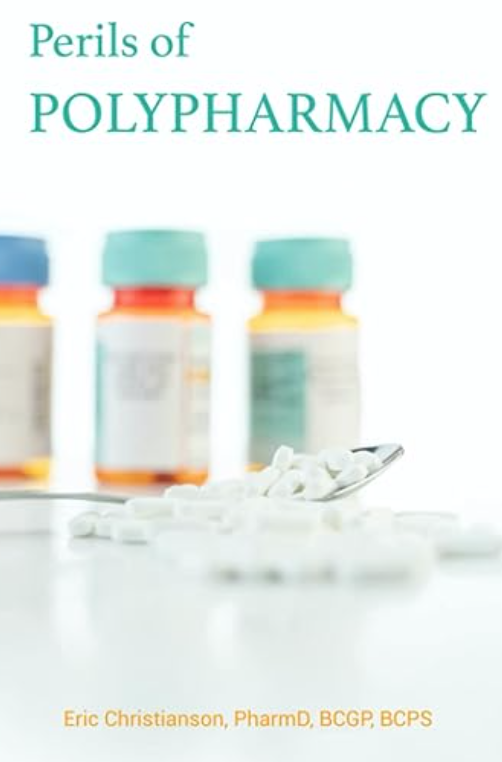Trimethoprim-sulfamethoxazole (Bactrim) is a commonly prescribed antibiotic for urinary tract and other infections. However, it’s also associated with several clinically significant drug interactions that can lead to serious patient harm if overlooked. Here are my top five Bactrim drug interactions you need to watch for—especially in the elderly and patients on multiple medications.
Warfarin Bactrim Interaction
One of the most well-known interactions with Bactrim involves warfarin. Bactrim inhibits the CYP2C9 enzyme, which is responsible for metabolizing the more potent S-enantiomer of warfarin. This inhibition can lead to increased warfarin levels and elevated INR, significantly raising the risk of bleeding. In clinical practice, this might manifest as bruising, nosebleeds, or even gastrointestinal hemorrhage within just a few days of initiating Bactrim. The combination should be avoided when possible. If it must be used, clinicians should consider reducing the warfarin dose and/or monitoring the INR within 2–3 days of starting Bactrim. Early and frequent monitoring can prevent a potentially serious adverse event.
ACE Inhibitors, ARBs, and Spironolactone – Hyperkalemia Waiting to Happen
Bactrim can cause elevated potassium levels, particularly when used alongside ACE inhibitors, angiotensin receptor blockers (ARBs) or potassium-sparing diuretics like spironolactone. The trimethoprim component of Bactrim acts similarly to potassium-sparing diuretics by reducing renal potassium excretion. When this effect is combined with the potassium-retaining effects of RAAS inhibitors, the result can be significant hyperkalemia—especially in older adults, those with renal impairment, or those taking potassium supplements. Patients may present with muscle weakness, arrhythmias, or even sudden cardiac arrest if potassium level gets high enough. It’s critical to monitor serum potassium and renal function within a few days of starting this combination and consider alternatives in high-risk patients.
Methotrexate Risk
Bactrim use can lead to a dangerous rise in methotrexate concentration, increasing the risk of bone marrow suppression, mucositis, hepatotoxicity, and nephrotoxicity. Co-administration should be avoided if possible, especially with high-dose methotrexate regimens. Monitor for signs of methotrexate toxicity if this combination is absolutely necessary.
Phenytoin Toxicity
Phenytoin is another drug whose metabolism can be inhibited by Bactrim. Here’s a must-read case scenario from a previous blog post regarding this interaction. This interaction can result in increased phenytoin serum levels, leading to classic signs of phenytoin toxicity such as ataxia, nystagmus, dizziness, or confusion. Since phenytoin has a narrow therapeutic window and nonlinear pharmacokinetics, even small increases in dose or impaired metabolism can cause significant toxicity. In patients taking both drugs, it’s essential to monitor phenytoin levels and assess for any neurologic symptoms. Dose adjustments may be necessary, and therapeutic drug monitoring can help guide management.
Sulfonylureas and Hypoglycemia
Bactrim can also enhance the effects of sulfonylureas like glipizide or glyburide, increasing the risk of hypoglycemia. This occurs due to displacement of sulfonylureas from protein-binding sites and possibly through altered hepatic metabolism. Be really careful with elderly patients who may be more at risk for hypoglycemia consequences. Patients may experience confusion, sweating, weakness, or even loss of consciousness. Blood glucose should be monitored more frequently during co-administration, and sulfonylurea doses may need to be adjusted accordingly.
There you have it, my top 5 Bactrim drug interactions! For more on drug interactions, snag my 18+ page PDF below!
- 30 medication mistakes PDF
- 18+ Page Drug Interaction PDF
- 10 Commandments of Polypharmacy Webinar based on my experiences in clinical practice









0 Comments